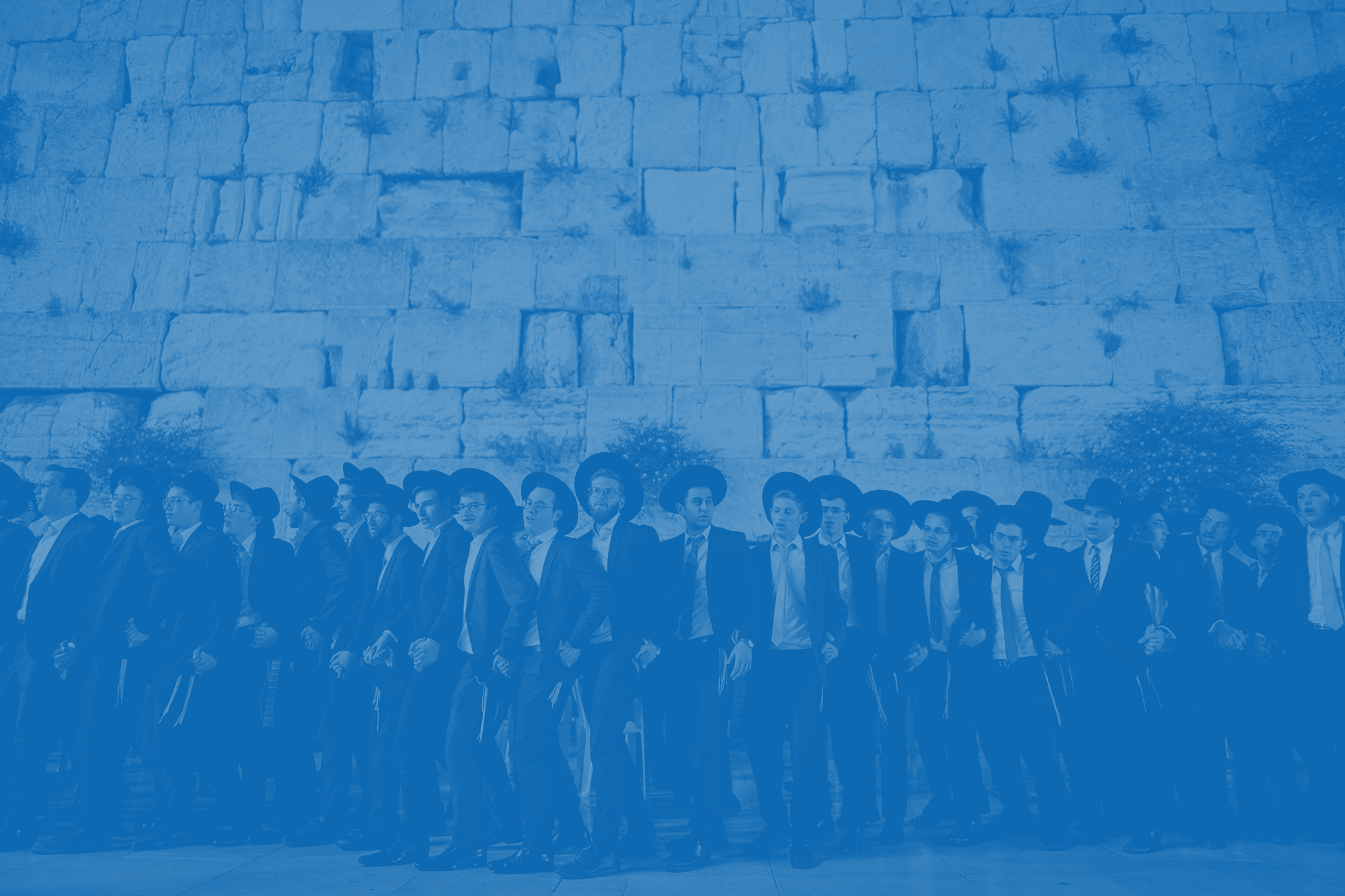Employment
Chap. 4
Employment
Between 2003 and 2018, a combination of pressing economic circumstances and public policies that supported the entry of the ultra-Orthodox to the labor force created a turnaround in employment rates in the ultra-Orthodox population, among both men and women. Consequently, over 50% of ultra-Orthodox men aged 25–64, and 76% of women in the same age bracket are currently employed. However, the impressive rise in employment rates over several years came to a halt in 2015, and since that time, there has been no year-by-year increase in the employment rate for ultra-Orthodox men, though the rate for women has continued to rise. It is possible that this stasis was the result of the coalition agreements of the government that was formed that year, which led to a reduction in the incentives for entering employment, and an increase in financial support for yeshiva and kollel students.
Employment of Working Age Adults (ages 25-64), by Population Group and Gender, 2003–2018
Salaries
The average salary for ultra-Orthodox workers in 2017 was 63% of the average salary for other Jewish workers. This gap can be explained by the fact that the ultra-Orthodox work fewer hours and earn lower salaries. Among other factors, the latter can be attributed to-- the preponderance of ultra-Orthodox workers in low-paying fields of employment, such as education, and their underrepresentation in industry and hi-tech. At the same time, recent years have seen a decline in the rate of ultra-Orthodox workers in education, and an increase in those employed in industry. If this trend continues to grow, this may result in higher per-capita incomes in the future, and consequently, in improved standards of living for ultra-Orthodox households.
** The Statistical Report on Ultra-Orthodox Society in Israel is based on data from the Central Bureau of Statistics, government ministries and authorities, and the National Insurance Institute.













